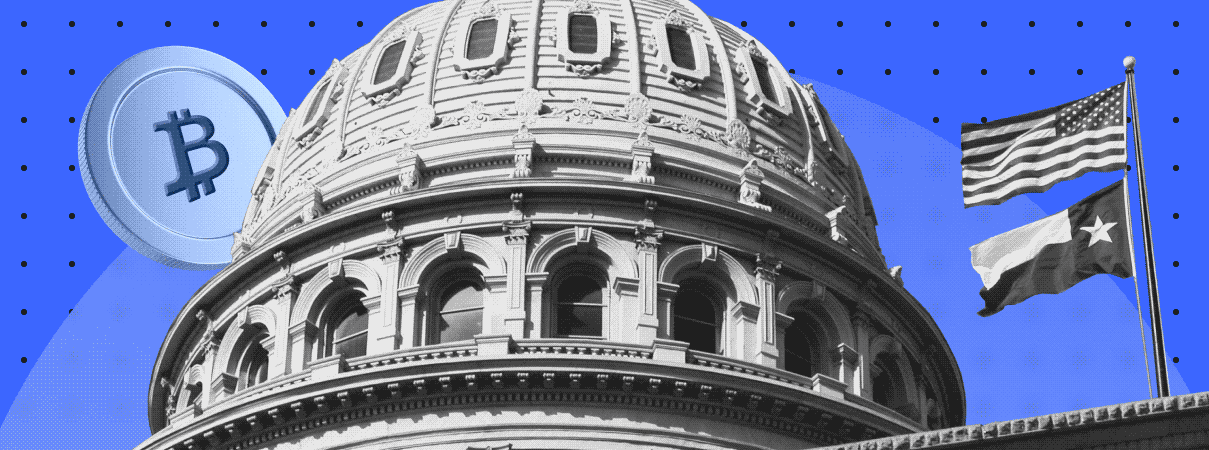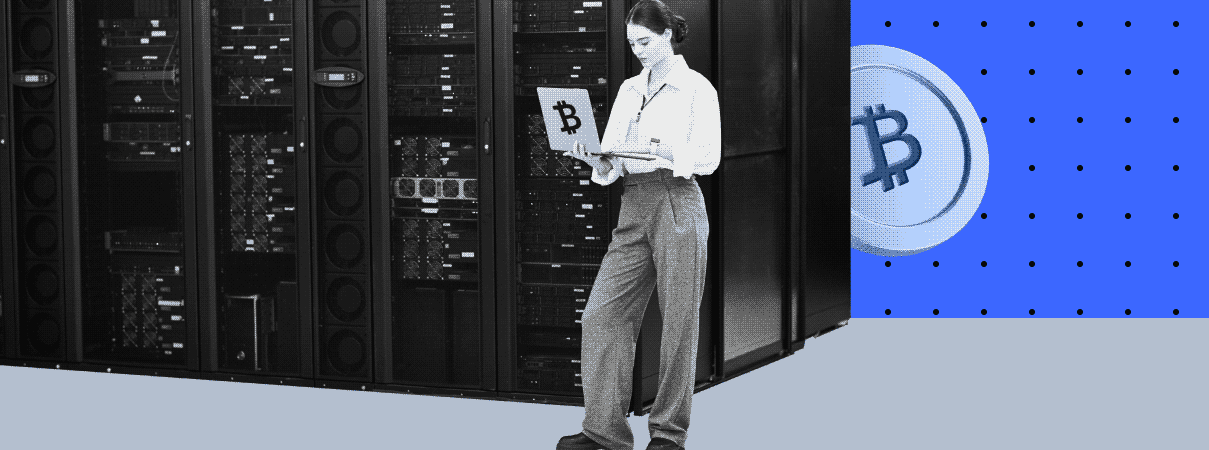The Stock-to-Flow (S2F) model serves to determine the value of scarce assets. It is often used to measure the sufficiency of natural resources, but an anonymous crypto analyst nicknamed PlanB suggested that Bitcoin is also a scarce asset. In this way, the S2F model became a tool for predicting Bitcoin’s price.
The S2F Model and Bitcoin

Stock-to-Flow equates BTC to scarce commodities such as silver or gold. The prerequisites for the comparison can be considered the following properties of the first cryptocurrency:
- Difficulty of mining.
- High purchase price.
- Limited issuance.
- Predictable volume as it is defined in the protocol.
- Reduced growth rate of BTC supply due to halving.
According to S2F enthusiasts, the combination of these properties in one digital resource makes Bitcoin a promising long-term asset. They are also confident that Stock-to-Flow statistical data allows the value of BTC to be predicted.
Mathematically, the S2F model looks simple as it’s a stock-to-flow correspondence. In Bitcoin’s case, “stock” can be considered as all mined coins, while “inflow” is the number of coins mined every year. So, the S2F for Bitcoin is the ratio of the total number of coins mined to the number of BTC produced each year. Proponents of the theory suggest that the ratio of stocks to inflows is constantly increasing, and the value of BTC will grow accordingly.
S2F Model Shortcomings

The S2F model methodology is limited to predicting the future price of an asset. Applying the Stock-to-Flow model to Bitcoin ignores such important factors as:
- Volatility. BTC price volatility is extremely high, and without estimating the volatility of the asset, the S2F model predictions cannot be accurate.
- Unpredictable events. Unexpected economic events cannot be included in the S2F model, while economic shocks cause strong fluctuations in BTC value.
- BTC Demand. The S2F forecasting model completely ignores the demand for an asset, while the market value of BTC is formed by calculating both supply and demand. When considering only market supply, the S2F model cannot provide accurate price predictions.
The S2F Model Predictions for BTC

Many analysts attempting to predict the future value of BTC use the S2F model. For example, DecenTrader analysts applied the Stock-to-Flow model in June 2021 to predict new all-time highs for BTC by the end of the year. They turned out to be partly right.
However, this forecasting model is constantly criticized. A lot of crypto enthusiasts simply don’t see it as a tool for accurate value predictions. For instance, Stanford University professor, Paul Pfleiderer, called the S2F model “built on assumptions with dubious connections to the real world” with more credibility than it deserves. And Level39, an author of the popular Bitcoin Magazine, argues that S2F is “scientifically invalid and has fundamental issues.”
Not all predictions based on S2F came true in 2021, which has greatly undermined the credibility of this model. Here are a few S2F-based forecasts:
- PlanB announced that BTC would be over $47,000 in August 2021. The prediction generally held true as the value of BTC fluctuated between $47,000 and $48,000 during the month.
- In September, the analyst predicted the decline of BTC to $43,000, which also turned out to be true.
- PlanB expected BTC to be worth $63,000 in October, a prediction that came to pass.
- In November, the crypto analyst suggested a further rise in the value of BTC up to $98,000, however, this time his model failed as the value fell short of surpassing $63,000-67,000 over the course of the month.
- Forecasts for December completely failed. The quotes didn’t rise above $50,000-53,000, despite the prediction of $135,000.
Although the author admitted the collapse of his model at the end of 2021, PlanB said in February 2022 that S2F points to an estimate of $100,000 per BTC by 2023. This new forecast provoked a series of heated discussions in the cryptocurrency community.
S2FX: BTC S2F Cross Asset Model

In April 2020, PlanB expanded his theory and highlighted another analysis method. The theory was called the “BTC S2F Cross Asset Model” (S2FX). The essence of the S2FX model is to evaluate different assets by applying a common formula.
The S2FX model is built on the Stock-to-Flow principles, making it possible to look at BTC and S2F from a different angle. In particular, the author singled out such a notion as phase transitions, removing the time factor from calculations.
Such phase transitions became a kind of starting point for BTC, passing through which the asset price began to grow. PlanB identified four phase transitions:
- White Paper Bitcoin publication.
- BTC parity with the USD price.
- The first halving and parity with the price of gold.
- The second halving.
The subsequent quantitative evaluation of BTC phase transitions and their comparison with similar phase transitions of other scarce commodities allowed the author to construct a cross asset model. As a result, he was able to derive a universal formula for predicting the value of BTC.
So, according to the S2FX model, the next phase transition of BTC will take place due to halving in 2024 and will allow the asset to reach a value of $288,000.
Despite the criticism of the original Stock-to-Flow model and blunders at the end of 2021, its supporters are confident that BTC will reach the $100,000 mark next year, as forecasted by S2F. A well-known crypto analyst, Matthew Hyland, is convinced that after the S2F model is proved to be correct, the S2FX cross asset model will be able to prove its efficiency, but only after the transition to the next phase in 2024.










